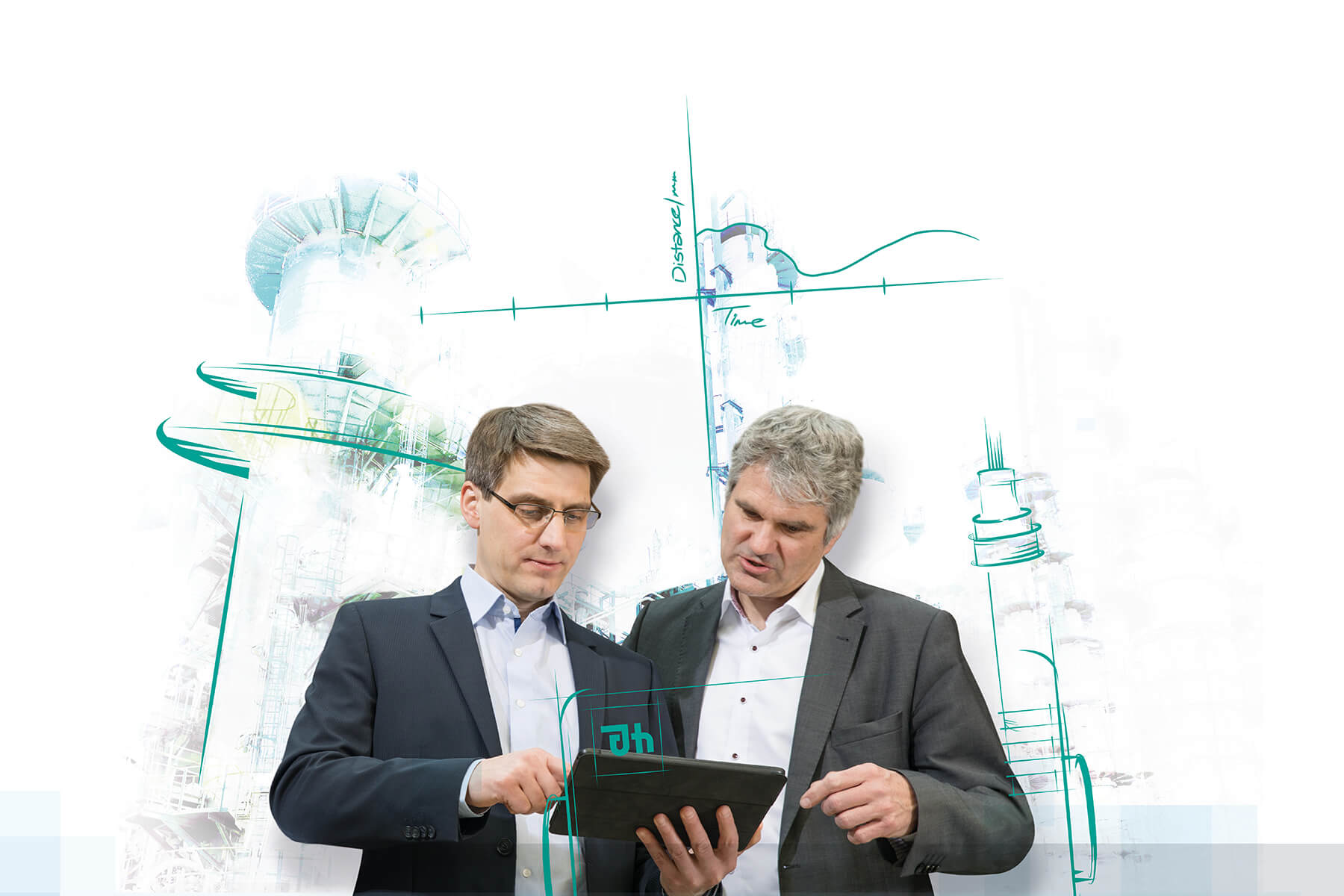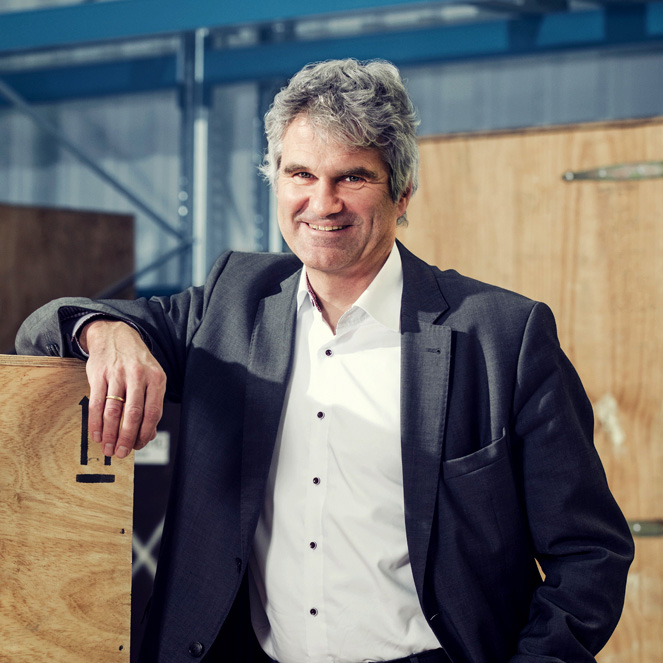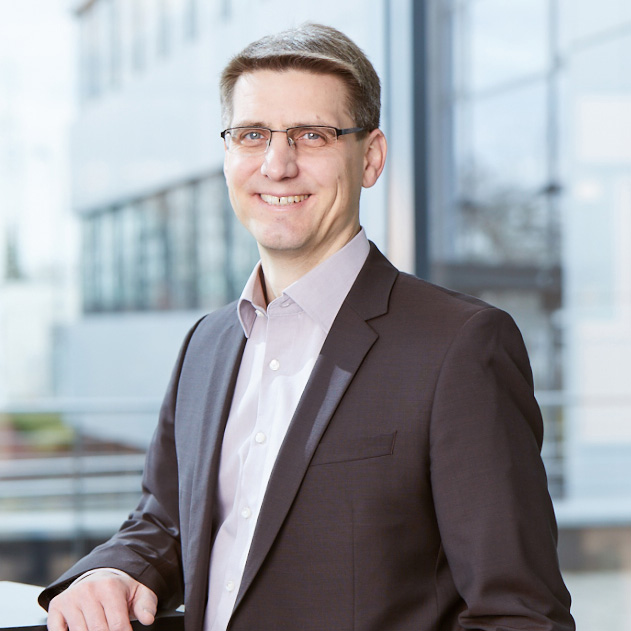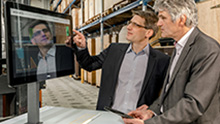September 14, 2017
Lateral Thinking Required
Innovation—a keyword that is used all the time in the context of Industry 4.0 and IIoT solutions. According to Duden, it means the “realization of a new, advanced solution for a specific problem.” But how does an innovation come to life? At Pepperl+Fuchs, there is a team dedicated to finding new solutions relating to IIoT. Take a behind-the-scenes look with us.

“Creativity isn´t something that you can switch on and then off again after an hour,” says Michael Bozek when asked if his activities still leave time for creativity. Together with the team leader Benedikt Rauscher, he is working on approaches for future Industry 4.0 scenarios. His work rarely focuses on a single product; to the contrary, much more holistic solutions are in demand today. With this in mind, Pepperl+Fuchs has created an overarching “Industrial Internet Solutions” team that operates outside of the business units and draws on expertise from each of the product areas. But how do they develop innovative approaches? The ideas for new applications come from a wide variety of situations.
When, for instance, Rauscher and Bozek exchange views with industry experts and market competitors through activities in organizations such as the VDI or the ZVEI, it always inspires new ideas. “When we meet with like-minded people who are working on the same future scenarios as us, we get an ever-increasing picture of where the journey can go and what solutions will be needed,” says Bozek. “Sometimes, you have an idea in mind, but sometimes a concrete concept only comes after a discussion with colleagues.” That is why cooperating closely with the product groups at Pepperl+Fuchs is just as important. Product development itself is not one of the tasks of the innovation teams; instead, they look at technologies across the board and consider how they can be used innovatively in new applications.

Envisioning the Future Together
As part of their work on associations and committees, Bozek and Rauscher also work with representatives from other organizations to build the foundation for a vision of Industry 4.0. For example, in order to network plants thoroughly permanently, components need to have a common “language”. “At the moment, there is a multitude of technologies. We must create a common technological basis,” explains Rauscher. “We hope that at some point the same applies for a sensor as for a USB stick. You connect it and it runs immediately, no matter where it is or which company is using it.”
IO-Link is an important part of such visions. An important step in this direction was implemented this past year: with the IO-Link community, Pepperl+Fuchs has established IODDfinder—a database that makes all the files necessary to integrate IO-Link sensors available centrally. “Where users previously had to search for a sensor manufacturer, today, they can find over 3,500 products from 40 companies in one place,” reports Bozek. “This makes it much easier to find these files and to integrate IO-Link sensors into the digital image of a plant.”
“Industry 4.0 Won´t Work without Cooperation”
Generally speaking, the user´s benefit is always the focus. That´s why the innovation team develops complete IIoT solutions with partner companies, in addition to working on standards. Such collaborations are of growing importance in the course of industrial change. “Consortia are being formed to pool the core strengths of individual companies,” explains Bozek. This provides customers exactly what they need to prepare their plants for the future, without having to seek solutions from different places. “For us, but also for other companies, this is a whole new form of cooperation,” Rauscher adds, “and it is the right way forward, because Industry 4.0 won´t work without cooperation.”
Bozek and Rauscher are now well connected, both within the company and outside of it. So they know who their best contact is for each solution and who to bring on board. At the end of the day, the result is not just innovative approaches that contribute to the end-to-end networking and communication of machines and plants—but also valuable partnerships.



